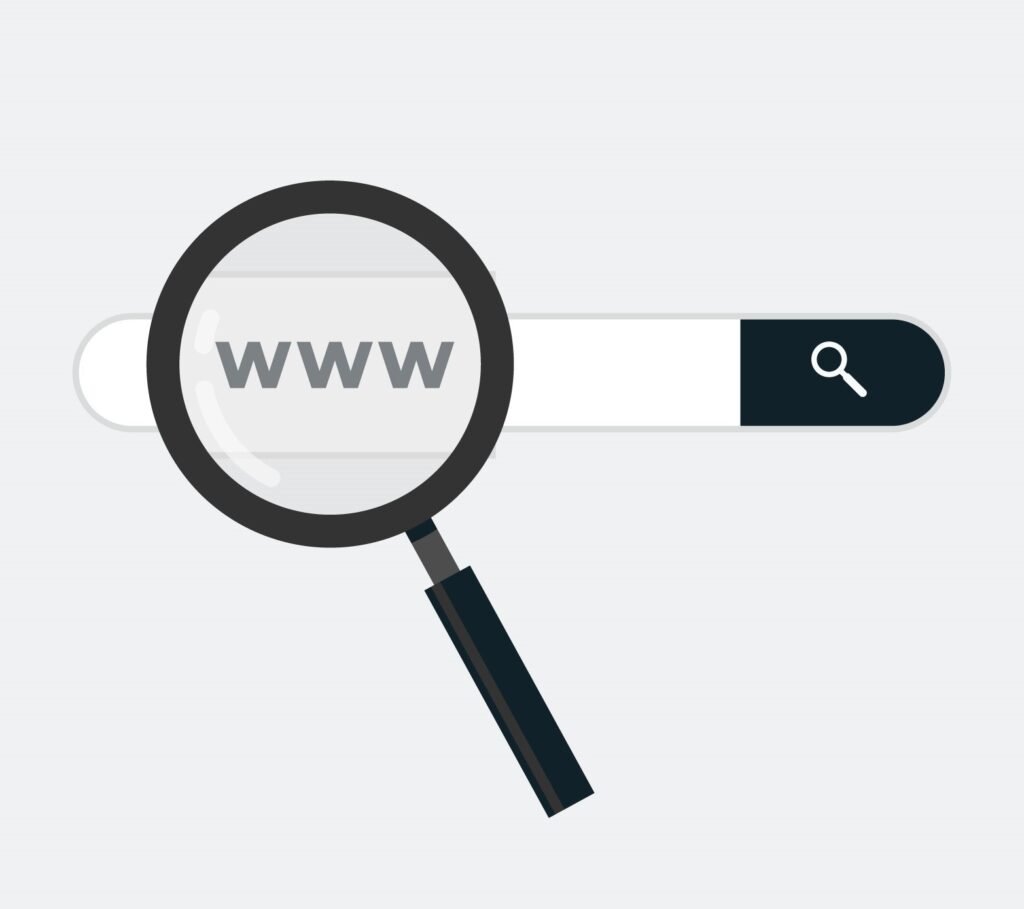A URL is a form of uniform resource identifier and is deal with a useful resource on the World Wide Web and the protocol used to access it. It is used to indicate the location of a web useful resource to access the web pages. For example, to go to the java point website, you’ll go to the URL www.javatpoint.com, which is the URL for the java point website.

The URL sends users to a selected resource online such as a video, webpage, or different resources. When you seek any question on Google, it will show a couple of URLs of the useful resource that are all associated with what you seek to question. The displayed URLs are the link to access the web pages.
How is a URL structured?
The URL incorporates the call of the protocol to get the right of entry to a useful resource, in addition to a useful resource call. The first part of a URL identifies what protocol to apply because number one gets the right of entry to medium. The 2nd element identifies the IP address or area call — and probably subdomain — in which the useful resource is located.
URL protocols consist of HTTP (Hypertext Transfer Protocol) and HTTPS (HTTP Secure) for net resources, mail for e-mail addresses, FTP for documents on a File Transfer Protocol (FTP) server, and telnet for a consultation to get right of entry to far-flung computers. Most URL protocols are observed with the aid of using a colon and ahead slashes; “mail to” is observed handiest with the aid of using a colon.
Optionally, after the area, a URL also can specify:
- a direction to a selected web page or report inside an area;
- a network port to apply to make the relationship;
- a selected reference factor inside a report, consisting of a named anchor in an HTML report; and
- a question or seek parameters used — usually determined in URLs for seeking results.
What Are the Different Types of URLs
In trendy, the maximum famous kinds of URLs are absolute and relative.
An absolute URL carries the entire information, from the protocol to the direction to sources or parameters. In comparison, a relative URL most effective consists of the direction to sources.
Based on the function, right here are a few different kinds of uniform useful resource locators:
Canonical URLs. Site proprietors can use them in case they have got reproduction content. Setting one URL as canonical is a manner to permit search engines like google and yahoo to realize which net cope with to move slowly and index.
Callback URLs. They talk over with a domestic vacation spot whilst customers entire a system on an outside system.
Vanity URLs. Also referred to as custom brief URLs, they’re easy-to-recall net addresses. Typically, an arrogance URL is a redirect of an extended URL. Site proprietors can use an internet site URL shortener tool, like Bitly, Short.io, and TinyURL, to create an arrogant URL.
What Is a URL Syntax

Syntax refers to hard and fast rules. In the case of a URL syntax, it units which element and image are allowed in a URL. Here’s what a URL’s trendy syntax seems like:
http://subdomain.domain-name.domain-extension/direction-to-useful resource? parameters
Furthermore, uniform useful resource locators can most effectively comprise numbers, letters, and the subsequent characters ()!$-‘_*+.
To use different characters, web page proprietors must translate them into programming code. For example, as URLs can’t comprise spaces, web page proprietors frequently make use of the plus sign, and hyphens, or to update them.
URLs can comprise an anchor link, additionally referred to as a web page soar or fragment identifier. The detail is represented with the wide variety sign (#), which bookmarks a selected component internal a useful resource.
With an HTML record containing a web page soaring, an internet browser will move at once to the chosen section. For a video or audio document, a cutting-edge net browser will locate the timestamp on which the anchor represents and play accordingly.
Where Is a URL Located
A URL can generally be discovered withinside the cope with the bar on the pinnacle of the net browser’s window. On laptops and computing devices computers, an internet site URL will continually be seen withinside the cope with bar as customers scroll via the net web page.
In the case of cell devices, the default browser conducts reasons a URL to vanish as quickly as customers begin scrolling down. However, it’ll reappear whilst customers scroll up.
Importance of a URL design
URLs can handiest be despatched over the Internet with the use of the ASCII character set. Because URLs frequently incorporate non-ASCII characters, the URL ought to be transformed right into a legitimate ASCII format. URL encoding replaces risky ASCII characters with a “%” observed with the aid of using hexadecimal digits. URLs can’t incorporate spaces.
URL examples
When designing URLs, there are exclusive theories approximately a way to make the syntax maximum usable for readers and archivists. For instance, withinside the URL’s direction, dates, authors, and subjects may be covered in a phase called the “slug.” Consider, for instance, the URL for this definition. Additionally, a few URL designers select to position the date of the post, typically, as (YYYY/MM/DD).
Parts of a URL
Using the URL https://www.techtarget.com/whatis/seek/question?q=URL as an instance, additives of a URL can consist of:

- The protocol or scheme. Used to get the right of entry to a useful resource at the internet. Protocols consist of HTTP, HTTPS, ftps, mailto, and report. The useful resource is reached thru the area call system (DNS) call. In this instance, the protocol is HTTPS.
- Host call or area call. The specific reference represents a webpage. For this instance, whatis.techtarget.com.
- Port call. Usually now no longer seen in URLs, however necessary. Always following a colon, port eighty is the default port for net servers, however, there are different options. For instance, :port80.
- Path. A direction refers to a report or location at the net server. For this instance, seek/question.
- Query. Found withinside the URL of dynamic pages. The question includes a query mark, observed with the aid of using parameters. For this instance, ?.
- Parameters. Pieces of facts in a question string of a URL. Multiple parameters may be separated by ampersands (&). For this instance, q=URL.
- Fragment. This is an inner web page reference, which refers to a phase in the webpage. It seems on the quit of a URL and starts with a hashtag (#). Although now no longer in the instance above, an instance should be #records withinside the URL https://en.wikipedia.org/wiki/Internet#History.
- Other examples of elements of a URL can consist of:
- The URL mailto:president@whitehouse.gov initiates a brand new e-mail addressed to the mailbox president withinside the area whitehouse.gov.
- The URL ftp://www.companyname.com/whitepapers/widgets.ps specifies the usage of the FTP protocol to download a report.
Why URL?
The URL is beneficial because the written information in the URL presents users the option to interchange from one net web page to any other by clicking only one mouse click.
Every URL is specific and tells users the way to get the right of entry to a particular resource.
When a user types a URL into the net browser and opens any link from seeking results, the browser forwards a request to a web server to fetch documents associated with the search query.
A website domain or URL identifies one specific file, and it is the most crucial part of your website. Usually, by the usage of phrases that give up with .net, .com, or .org, you may get traffic on your website.
HTTP vs. HTTPS
Both HTTP and HTTPS are used to retrieve facts from an internet server to view content material in a browser. The distinction among them is that HTTPS makes use of a Secure Sockets Layer (SSL) certificate to encrypt the relationship between the quit consumer and the server.
HTTPS is critical to protecting sensitive facts, consisting of passwords, credit score card numbers, and identification facts, from unauthorized, get right of entry.
HTTPS makes use of TCP/IP port variety 443 with the aid of using the default, while HTTP makes use of port eighty.
URL vs. URI
A URL is the maximum common sort of Uniform Resource Identifier (URI). URIs are strings of characters used to pick out a useful resource over a network. URLs are critical to navigating the internet.
